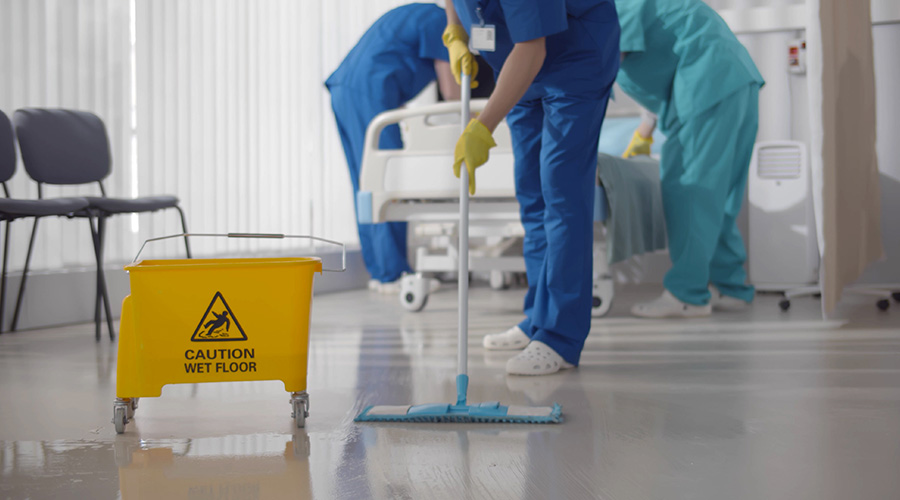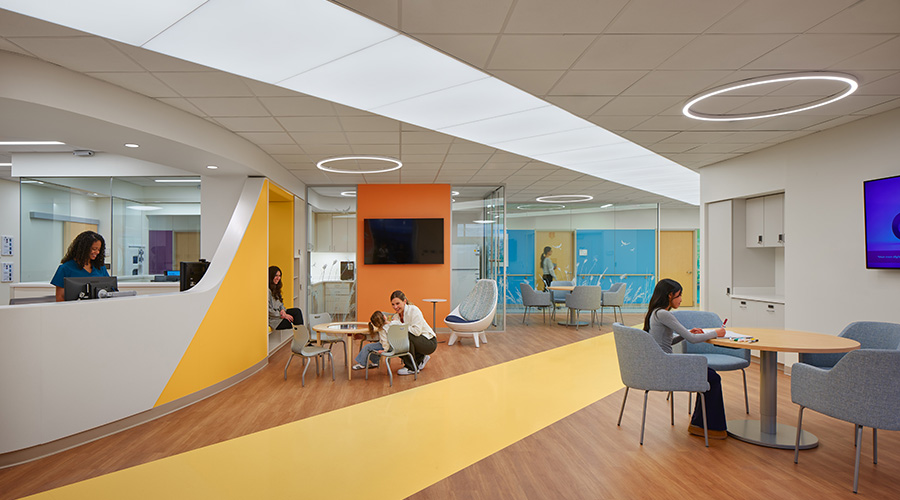The recent carbapenem-resistant Enterobacteriaceae (CRE) outbreaks have left many hospitals wondering what to do to make sure patients are safe and still have access to important medical devices, according to an article on the Fierce Healthcare website.
The Food and Drug Administration (FDA) said the complex design of duodenoscopes makes them difficult to sterilize even when hospitals follow the device manufacturers' instructions. However, the FDA has refused to take the devices off the market because they are used for potentially life-saving procedures.
Jackie Caynon, a partner and co-chair of Mirick O'Connell's Health Law Group, said the answer has to come from each hospital's unique risk management assessment.
"I've heard some hospitals say, you know these things are really life-saving, so if we get rid of the product we won't be able to, obviously, save lives," he said. But for others, he said, the risk may be too great.

 Contaminants Under Foot: A Closer Look at Patient Room Floors
Contaminants Under Foot: A Closer Look at Patient Room Floors Power Outages Largely Driven by Extreme Weather Events
Power Outages Largely Driven by Extreme Weather Events Nemours Children's Health Opens New Moseley Foundation Institute Hospital
Nemours Children's Health Opens New Moseley Foundation Institute Hospital Code Compliance Isn't Enough for Healthcare Resilience
Code Compliance Isn't Enough for Healthcare Resilience Ribbon Cutting Marks First Phase Completion for New Montefiore Einstein Facility
Ribbon Cutting Marks First Phase Completion for New Montefiore Einstein Facility